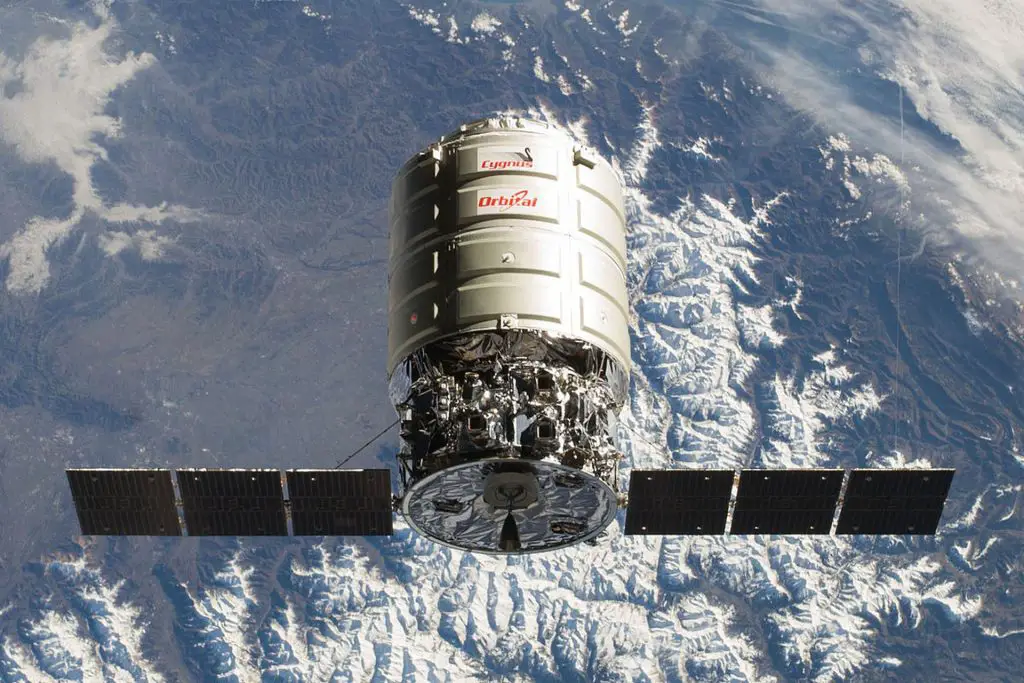
Cygnus CRS Orb-3
- In Space: No
- Height: 5.1 m
- Diameter: 3.07 m
- Status: Destroyed
The Cygnus CRS Orb-3 spacecraft embarked on 1 flight(s), showcasing its capability of Cargo Earth Orbit Logistics and designed with a flight life of 1 Week to 2 Years design life.. Notably, it boasts a crew capacity accommodating up to Array astronauts and a payload capacity of 2000 kg.
Cygnus CRS Orb-3, also known as Orbital Sciences CRS Flight 3 or Orbital 3, was an attempted flight of Cygnus, an automated cargo spacecraft developed by United States-based company Orbital Sciences, on 28 October 2014. This flight, which would have been its fourth to the International Space Station and the fifth of an Antares launch vehicle, resulted in the Antares rocket exploding seconds after liftoff.
Launches
History
Cygnus is a spacecraft developed originally by Orbital ATK and then aquired by Northrup Grumman after an aquisition. It is used to transport cargo to the ISS.
The first operational mission of Cygnus to the ISS was in September 2013.
One flight on 28 October 2014 ended in a failure when the Antares launch vehicle, used to launch the Cygnus, exploded shortly after launch. This set back the Cygnus launch schedule over a year. Following the launch anomaly a new version known as ‘Cygnus Enhanced’ was flown. This extended the Cygnus length and allowed it to carry an extra 700kg to the ISS.
The Cygnus spacecraft is launched aboard Antares or the Atlas V to deliver cargo to the ISS under NASAs CRS contracts. It has no heatshield so at the end of its mission its used to dispose of waste by burning up in the Earths atmosphere.
Agency
Northrop Grumman Space Systems
Northrup Grumman Space Systems designs, builds and delivers space, defence and aviation-related systems to customers around the world. They aquired Orbital ATK in 2018 along with its launchers and ongoing missions.